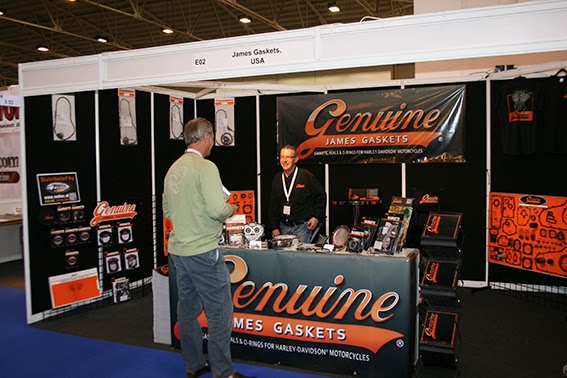Strictly speaking, manufacturing motorcycle gaskets isn’t rocket science, but science it certainly is – and even as a non-engineer I’ve learnt from many of my betters in this industry that materials science is the alpha and the omega of durability and performance.
The reputation that James Gaskets has for product quality needs no introduction or endorsement from me, but sometimes it is easy to underestimate the lengths that the top echelon of product manufacturers in our industry routinely go to in creating and maintaining their reputations.
At Big Bike Europe last year, I had the pleasure of falling into conversation with James Gaskets’ VP Ralph Cholez, and while at best only every third or fourth word worked for me, it is quite clear that the materials science and engineering that goes on behind the façade of their discreet Dayton, Nevada factory certainly works for dealers and riders.
The subject of conversation was their FoaMet gasket material, which in recent years has been acclaimed as one of the most advanced developments in sealing technology. Basically it is an NBR (Nitrile Butadiene Rubber) coating which, depending on the application, is applied either to an SAE 5052 Aluminum or SAE 1010 steel.
Proven in a wide range of sealing application, NBR is a family of unsaturated copolymers of 2-propenenitrile and various butadiene monomers (I did warn you about understanding only one in three words!).
The physical and chemical properties vary depending on the polymers nitrile composition, but this form of synthetic rubber, which is essentially what it is, is noted for its resistance to hydrocarbons (oil and gas) and other chemicals.
Widely used in the automotive and aeronautical industries, Ralph told me that its wide range of temperature tolerance (-40 to 108 degrees centigrade) makes it a durable and reliable addition to the range of gasket material options that the company uses.
www.jamesgaskets.com



